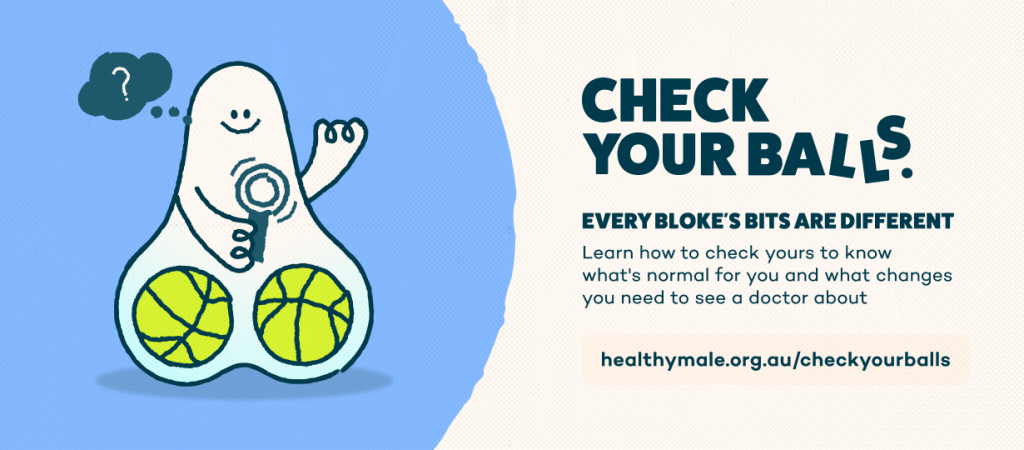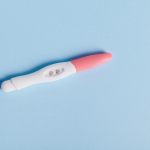Question
Does a lump on the testicle always mean cancer or could it be an STD?
Answer
The first thing we need to need to clear up is some confusion around anatomy, as plenty of men have their testes confused with their scrotum and its contents. Often ‘testicle problems’ are actually problems with the scrotum (a loose pouch of skin that holds the testicles in place), or the epididymis (the coiled tube that lies on the back of each testicle).
Lumps and bumps on the epididymis or within the scrotum, that are not on the actual testis, are not signs of testicular cancer.
Lumps and bumps on the epididymis or within the scrotum, that are not on the actual testis, are not signs of testicular cancer.
Solid lumps (or just one lump) on the testis itself, or a testis feeling firmer than usual (or compared to the other one) can be caused by testicular cancer. These lumps might not be painful, but you should definitely go and see your doctor about them.
STIs caused by bacteria, like chlamydia and gonorrhoea, can lead to swelling of the epididymis or testis or pain within and around the scrotum, but these are not common symptoms.
Warts and blisters caused by the human papilloma virus (HPV) and herpes simplex viruses can occur on the skin of the scrotum (as well as on the penis, anus and in and around the mouth). Depending on the accuracy of your definition of ‘testicle’, these could be the cause of a ‘lump’.
If you’re concerned about lumps anywhere, you should see your doctor about them. Most lumps and bumps are nothing serious, in which case your doctor will be able to reassure you. If they are a sign of something sinister, they’ll investigate provide appropriate treatment. It’s a win-win situation.















